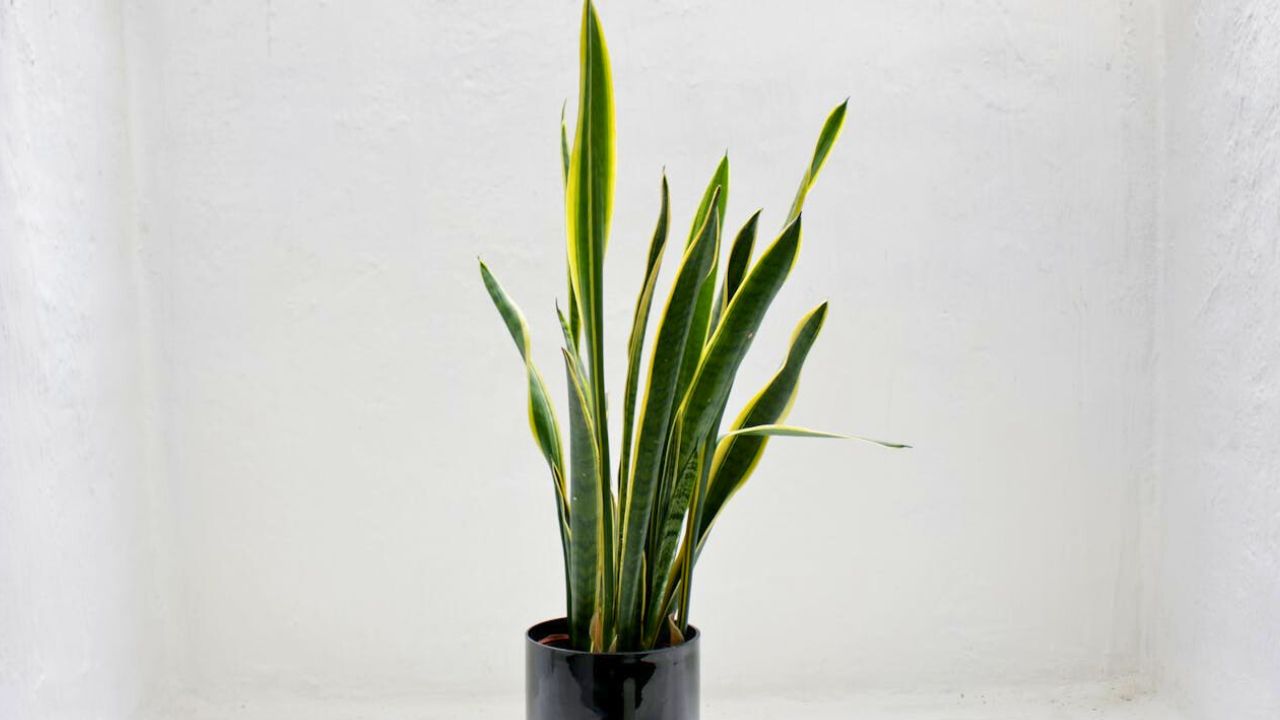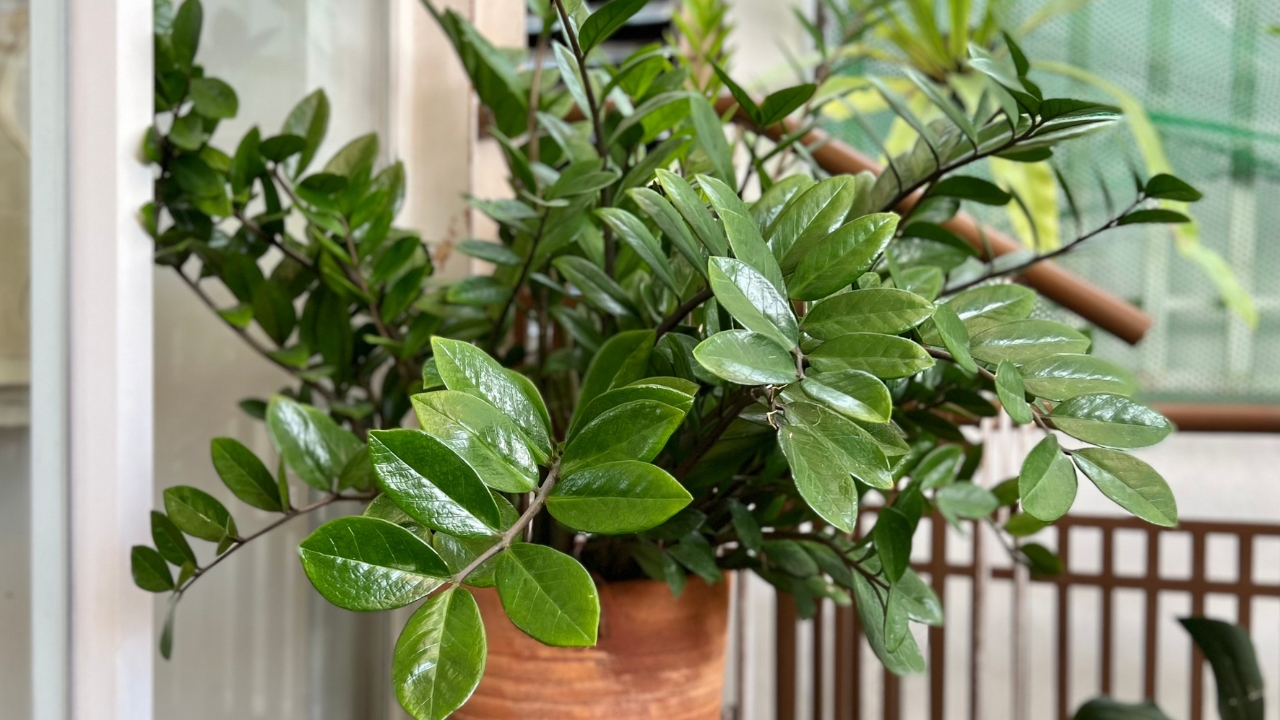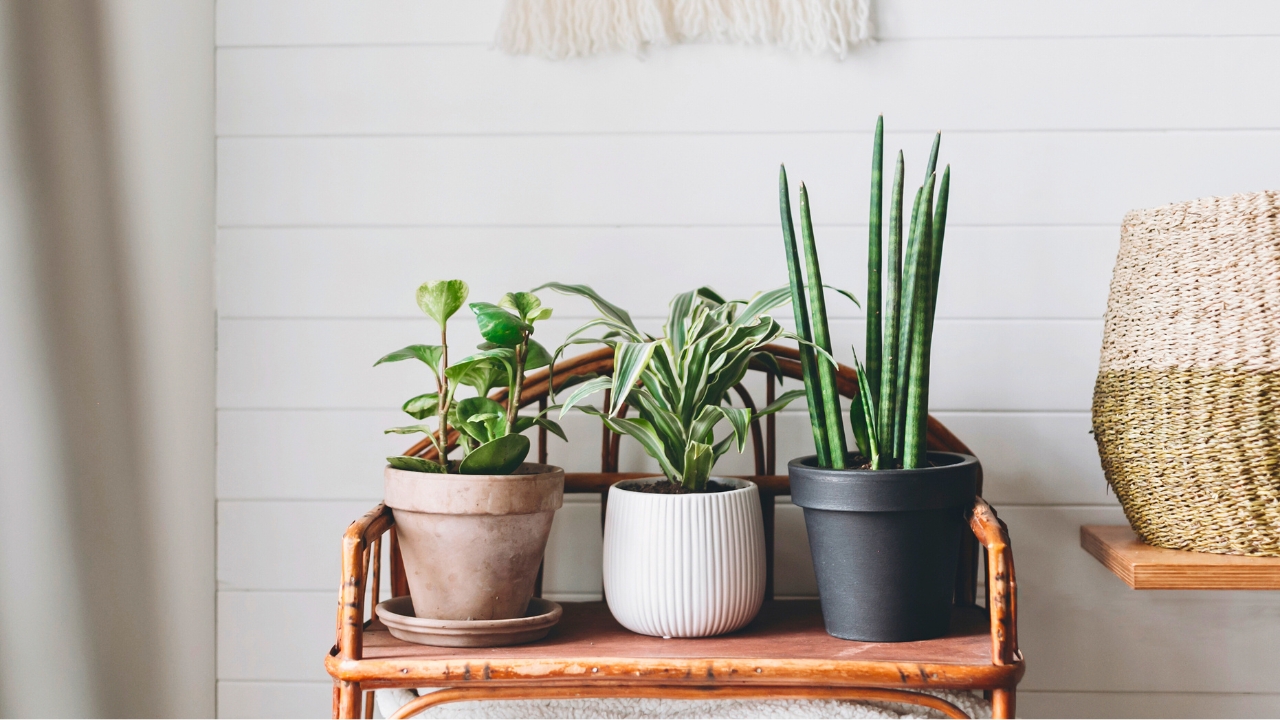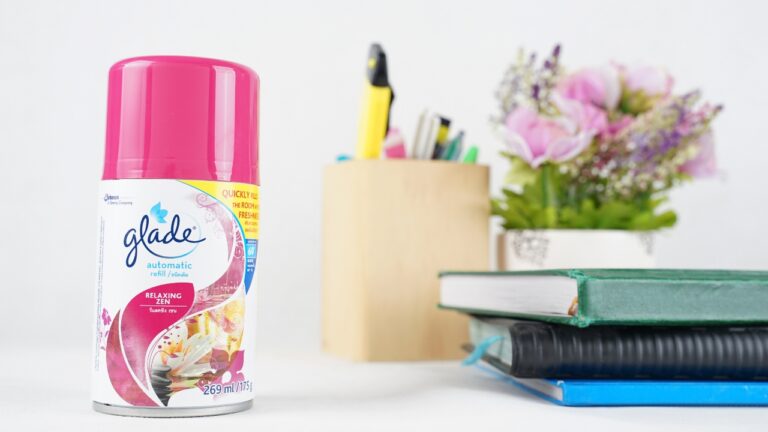Houseplants that handle dry furnace air without fuss
When the heat kicks on, humidity drops and a lot of plants sulk. If you don’t want to babysit a humidifier, pick species that tolerate low humidity and average home light. These are the troopers I lean on for winter—they won’t punish you if you miss a watering and they won’t crisp up the second the air turns dry.
Snake plant takes whatever winter throws at it

Snake plant handles low humidity, wide light ranges, and the occasional missed watering. Let the soil dry most of the way between waterings, especially in winter when growth slows. It’s the definition of forgiving and it still looks architectural in a living room or bedroom.
Keep it out of direct furnace blasts and dust the leaves monthly so they can photosynthesize in low light. If your home is very dim, move it a foot or two closer to a window; even that small shift helps in January.
Cast iron plant lives up to the name

Cast iron plant tolerates dry indoor air and low light better than almost anything else. Water when the top couple inches of soil are dry, and don’t overthink it—slow and steady is best. Its broad leaves bring a calm, old-school feel that plays nicely with traditional or modern rooms.
If tips brown from drafts, trim just the brown edge with clean scissors and shift the pot out of the airflow path. A wipe with a damp cloth now and then keeps leaves deep green and able to use what winter light you have.
Blue star fern is the humidity-tolerant fern

If you love ferns but your home runs dry, blue star fern (Phlebodium) is a better match than delicate maidenhair. It’s more forgiving, with thicker fronds that don’t crisp as easily. Give it bright, indirect light and water when the surface is dry to the touch.
Set it a few feet from a vent and use a breathable potting mix so roots don’t stay wet. Grouping plants together also bumps local humidity a notch without extra gadgets.
ZZ plant is the once-a-month waterer

ZZ plant stores water in its rhizomes and shrugs at dry air. It does fine in medium to low light and prefers to dry out between waterings, which makes it perfect for offices and corners you forget.
If new growth looks pale, nudge it toward brighter light, but avoid harsh midday sun. Wipe the leaves occasionally so the glossy look returns and you can spot pests early.
Practical winter care that helps any plant survive

No matter what you grow, winter is about light and restraint. Plants need less water when days are short, so check soil before you pour and move pots closer to bright windows or add a small grow light. That simple combo does more than misting ever will.
Keep leaves dust-free and watch for drafts—cold bursts from doors and hot blasts from vents stress plants as much as low humidity. If a plant looks tired, accept a slower season and pause fertilizer until you see real growth again.
Like Fix It Homestead’s content? Be sure to follow us.
Here’s more from us:
10 things that make your house feel less welcoming without saying a word
10 Upgrades That Make Your House Look Fancier Than Your Neighbor’s
*This article was developed with AI-powered tools and has been carefully reviewed by our editors.







